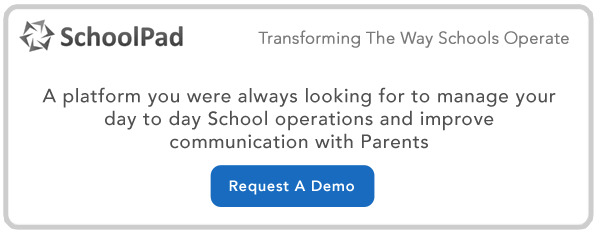What is the most important indicator of a school’s overall health? Annual results? Performance? New admission statistics?
The correct answer obviously is all of the above. But there is another very important factor that often falls by the wayside in an admission driven ecosystem — student attrition rate.
It is a widely known fact that our school system thrives on the idea of acquisition and new admissions. There are dedicated departments in the schools with a significant chunk of annual budget that ensure a healthy rate of new admissions.
To be fair, there is no real harm in focusing on the new admissions. It is a necessity and an absolute must if the schools intend to survive in today’s hyper competitive academic environment. The problem, however, arises when the focus of the school administration shifts exclusively towards acquisition of new students, often at the expense of other equally important elements of the system.
Any kind of exclusivity in dedication of resources is rarely advisable and is usually counter-intuitive in the long run. Unfortunately, in case of our school systems, focusing administrative energies on new admissions is an accepted norm that is complied with — out of compulsion, resource crunch or just because enough thought has not been given to the implications.
Acquisition and attrition are two ends of the same spectrum and unless there is a balance, the spectrum can never be healthy and harmonious. Besides, there are solid, pragmatic reasons behind why schools need to start considering how they distribute their resources and pay requisite attention to managing attrition. Not only is the schooling eco system an extremely competitive sector, it is also a segment that is largely driven by word of mouth publicity. It is ironic that in all the effort that is made by schools for ensuring they get maximum new admissions every year, they end up ignoring their most powerful cheerleaders — their existing students and parents. The parents that switch from a school at the end of the year are also the parents who talk to other parents and create an inevitable feedback chain that reflects directly on the school’s reputation and in turn its new admission figures. Creating systems to retain students is the cornerstone of sustainable success and the schools which realize this are bound to reap rich rewards.
Now that we have established the importance of preventing student attrition, the important question is how can it be done? To answer that question, we need to understand the factors that contribute to the attrition rate. Or rather the single most important factor that forms the core of the issue.
Parental Engagement.
We, at (SchoolPad), have always identified parental engagement as the one of the most crucial aspects of a healthy academic eco-system. It becomes even more relevant when we isolate issues like attrition that are almost entirely driven by parental decisions and hence, their relationship with the school. If we were to highlight the primary causes as to why students switch schools, parental dissatisfaction would probably top the list. And if we were to identify the primary reason behind parental dissatisfaction, bad communication is the easiest and the most accurate answer.
Parents tend to switch schools when the existing school persistently fails to address their issues and provide them with a platform to share their concerns. When the top management is non-responsive to parental concerns, the trickle down effect makes it even worse and by the time it reaches the ground level, the communication doors have been practically slammed shut. And if the school authorities do not make a conscious attempt to establish effective communication channels with parents, conjectures and mistrust ensues and inevitably leads to parents looking for schools that are willing to talk. While an argument is to be made here about the promises that successive schools make at the time of admission and the extent to which they are kept — it does not excuse the existing schools from making an effort and stopping the parents from looking elsewhere.
Schools need to stop succumbing to the myopic approach that focuses only on new admissions and create an inclusive vision that attributes equal importance to existing students. The schools may create a separate department that focuses on preventing attrition by managing expectations, addressing parental concerns and resolving students’ issues. They can provide parents with a responsive platform to voice their concerns and get information. But most importantly, school authorities need to inculcate a culture that respects the requirement for maintaining proper communication channels and makes conscious effort to be responsive. Unless this culture becomes an engrained part of the school eco system, preventing attrition shall always remain a challenge.


